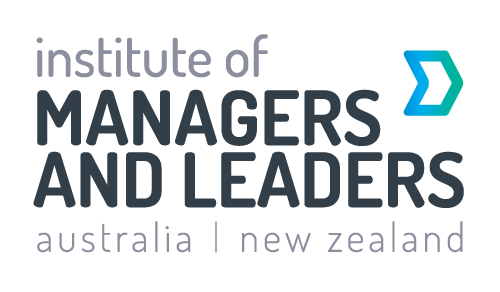Will you be caught out by workplace curve balls or will you stay ahead of the game?
In both sports and business staying ahead of the curve by making highly informed decisions is a fundamental principle. In the film Moneyball, stats and the right conclusions changed the course of a baseball team. They shaped the future of their game by looking carefully at what the numbers were really telling them.
Staying ahead of the curve – that’s what HR and key decision-makers need so they can respond well to the future of work. Beyond overtaking the competition, saving costs and improving business results, knowing how to navigate the workplace of the future will ensure your organisation remains relevant.
To offer the workplace employees seek, you need to assess the current state of play. Investigating the drivers that influence today’s workplace will give you a good idea of how the future workplace will shape up.
Assessing today’s workplace
Every year, IML ANZ produces the National Salary Survey (NSS) which analyses the data on more than 25,000 employees Australia-wide to give salary data on 250 position titles. Resources, such as the NSS, can paint an accurate picture of the market rates for salary packages – helping decision-makers to arrive at highly informed conclusions.
However, according to IML ANZ’s research product manager, Charles Go, the NSS is about more than just salaries.
“We also ask organisations about their own company’s policies and benefits. This data will help HR professionals, leaders and key decision makers to create engaging HR policies and benefits to ensure attraction and retention,” says Go.
And the numbers lead us to make that logical leap. Go explains, “We see a steady increase in resignations, from 9.5 per cent in 2017 to 10 per cent in 2018 and now 11 per cent in 2019.” That’s despite salary increases stabilising.
Meanwhile, with less than half the organisations surveyed reporting to have set a training budget, and the average training budget decreasing by 23 per cent, learning and development is suffering.
Anticipating tomorrow’s workplace
Of course, dwelling in the present is only the first step to prepare organisations for the future. Foreseeing the risks, challenges and value-adds contributes significantly in anticipating changes.
When NSS contributors were asked what human capital challenges currently pose the greatest risk to their organisation, and what would potentially add the most value if managed effectively, there were similarities. The greatest risks were identified as:
- Attracting talent (43.7 per cent)
- Developing effective leaders (43.7 per cent)
- Retaining talent (39.2 per cent)
Interestingly, the biggest value-adds were:
- Engaging and motivating employees (53.5 per cent)
- Developing effective leaders (52.3 per cent)
- Attracting talent (41.7 per cent)
Two of the top three greatest risks are also the most valuable human capital challenges. What does that tell us about what to expect of tomorrow’s workplace?
“Learning and development is definitely a key factor,” says Go. And a factor that astute organisations must respond to based on the current state of play and the anticipated value it can add.
“With organisations currently cutting training budgets, you can easily implement an L&D plan for your staff or beef up your current one, so you stay ahead of your competitors,” Go adds.
Casting a future-focused view
How can leaders prepare for the rising trends and changes to remuneration? Looking to the future, Go thinks the ‘moneyball’ rests on flexibility and cultivating a people-focus.
“With more millennials entering the workforce, current managers and leaders need to embrace flexibility and technology. The future workplace will be very flexible as millennials gain leadership roles and instil their beliefs on the new generation,” he explains.
Go is also quick to point out that the modern workplace will come with new challenges. He says, “Leaders need to think about the implications that a flexible workplace brings. It could mean managing team members across different locations and time zones. It may also see managers rely heavily on technology to communicate.”
That’s why Go believes in these five ways leaders can prepare for the future of the workplace:
- Promote effective teamwork
- Improve emotional intelligence (manage different personalities)
- Motivate and engage your team
- Provide clear direction and leadership
- Develop the team
Summing up, Go emphasises the need to get the fundamentals right. “Current managers and leaders must therefore stick to management basics and keep their teams performing at their best.”
For a game-changing sports team, the numbers are nothing without on-point execution. Use data to identify and understand the current state, draw conclusions from that information to anticipate changes and play the percentage shot – invest in the areas that yield the most value.
Will you be caught out by workplace curve balls or will you stay ahead of the game? Access or sample the 2019 National Salary Survey and arm yourself for the workplace of the future.



